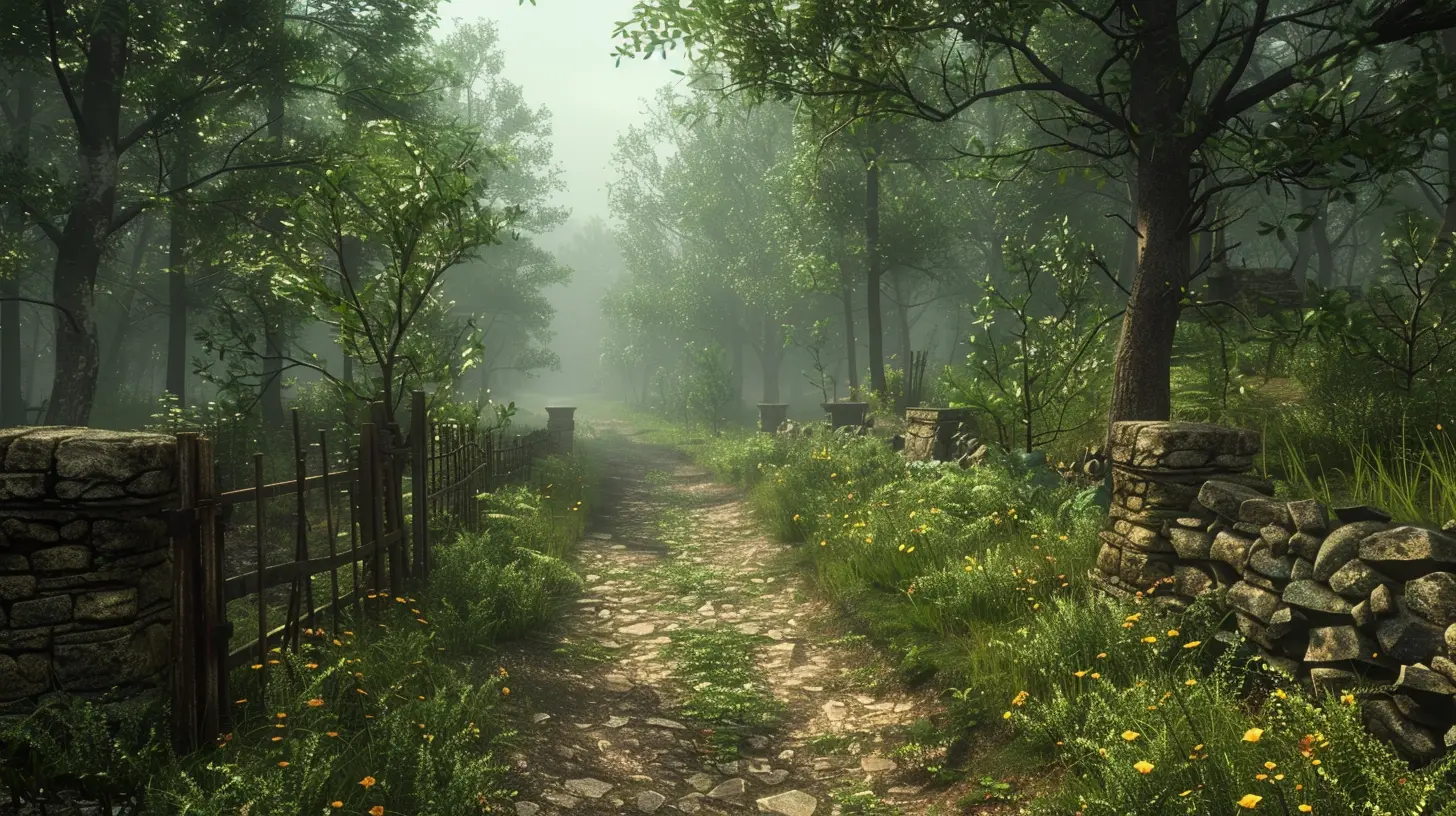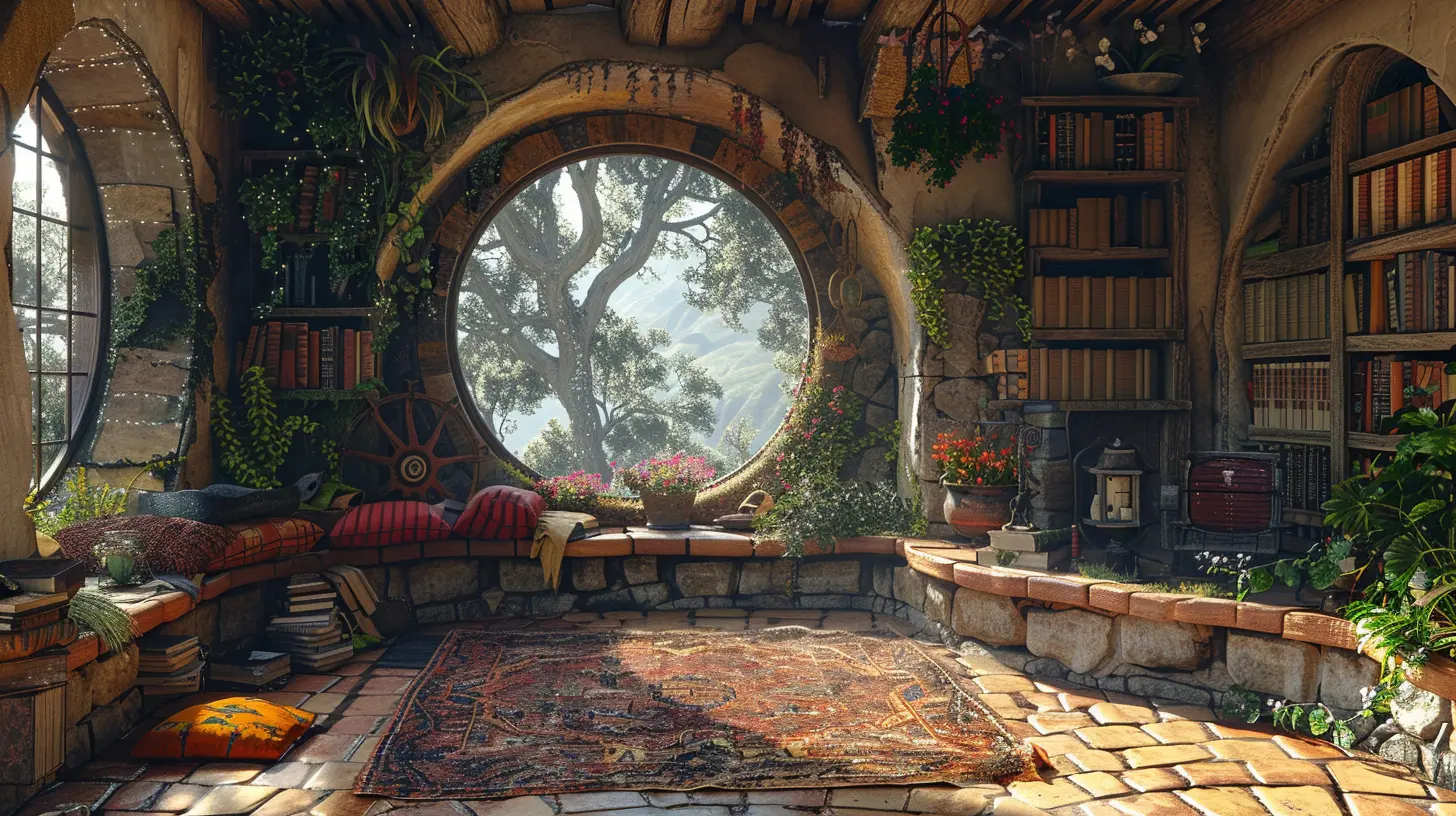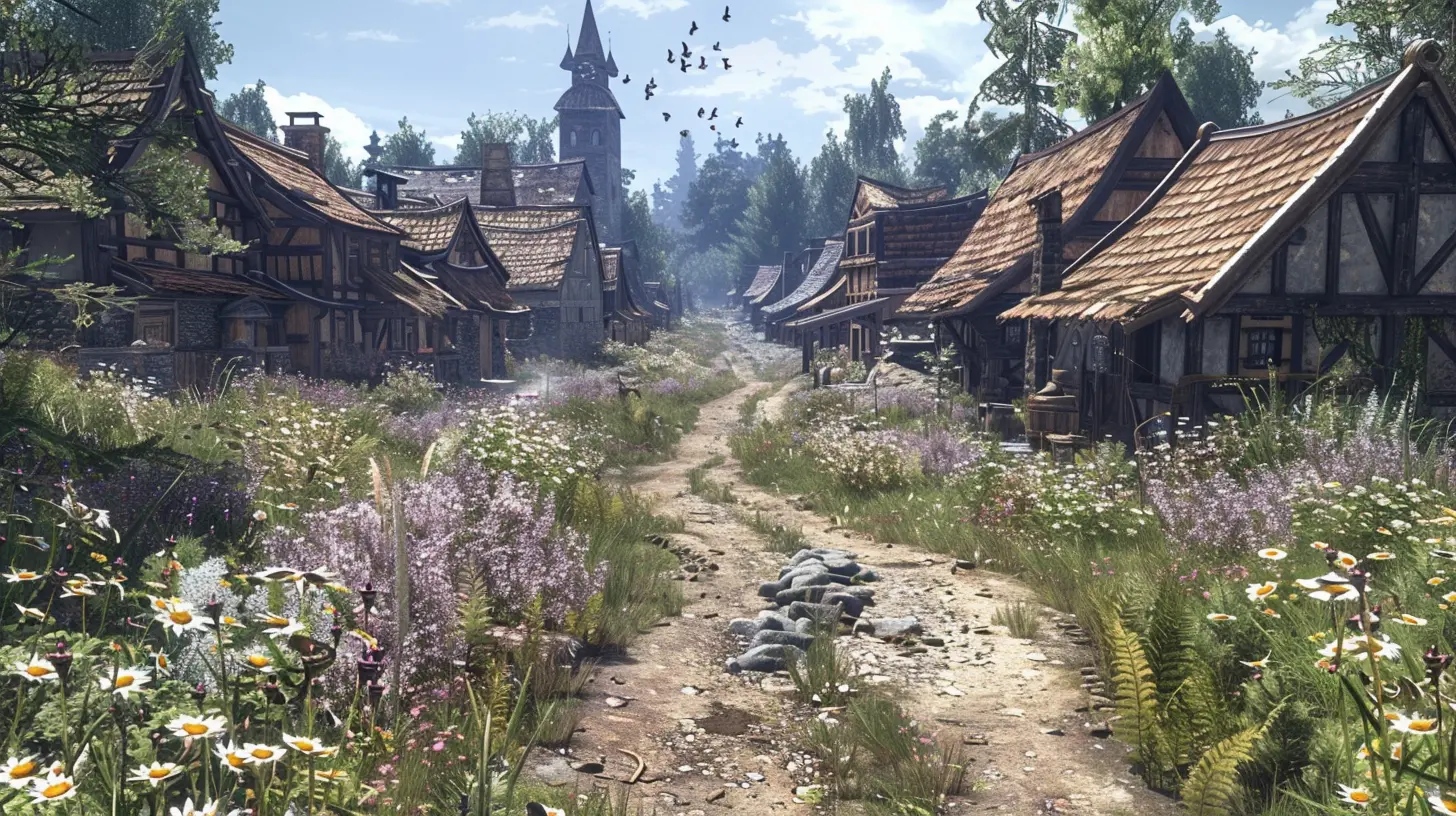Interactive Storytelling Beyond Fantasy: Real-World Settings Done Right
20 November 2025
Let’s be honest—when we think of interactive storytelling in video games, our minds usually drift toward enchanted forests, epic castles, or post-apocalyptic wastelands. Fantasy and sci-fi dominate the space, and for a good reason—they’re immersive, limitless, and thrilling. But what happens when we zoom back into reality? Can storytelling in games grounded in real-world settings feel just as magical?
Short answer? Absolutely.
While dragons and space marines are cool, real-world settings offer a different kind of magic. They bring relatability, emotional depth, and a sense of immediacy that fantasy often steps around. So, buckle up—we’re diving deep into how interactive storytelling thrives in real-world environments, and why more game developers are finally doing it right.
Why Real-World Storytelling Matters
Let’s start with the big question: Why even bother with real-world settings when you have an entire multiverse of possibilities?Because real life has stakes too. Think about it—who hasn’t experienced love, loss, heartbreak, or triumph? Games rooted in reality tap into those universal feelings and serve them up in an interactive package that hits different.
Relatability is Underrated
You don’t have to imagine what it’s like to be a knight or a bounty hunter in space. But you do know what it feels like to lose someone, make a tough decision, or chase a dream. Real-world settings give us that mirror—we see ourselves reflected in the characters and their stories.Take games like Life is Strange or Papers, Please. These aren’t just fun experiences; they’re emotional journeys set in familiar environments. They hit you right in the feels because they’re grounded.
The Rise of Real-World Narratives in Games
Interactive storytelling has come a long way. Ten years ago, you'd rarely find emotionally charged, slice-of-life games at the top of any "Best Games" list. Today? Titles like Firewatch, This War of Mine, and Detroit: Become Human are proof that the tides are turning.Indie Games Leading the Charge
While AAA studios often play it safe with fantasy RPGs or sci-fi shooters, indie developers are boldly stepping into more grounded territory. Why? Because they have the freedom to take risks.Games like Oxenfree and Night in the Woods don't need alien invasions or time travel to captivate players. They focus on human experiences—awkward reunions, small-town mysteries, mental health. And trust me, when done right, those stories stick with you long after you’ve closed the game.
Key Ingredients to Get Real-World Storytelling Right
Not every game set in the real world hits the mark. So, what separates the forgettable from the unforgettable? Let’s break it down.1. Authentic Characters
If we’re talking real-world vibes, the characters need to feel like actual people. No, not just graphically—emotionally. Give us flawed, complex folks who laugh awkwardly, make mistakes, and sometimes say the wrong things. Basically, give us… us.👉 A great example? Gone Home. The story unfolds as you explore a seemingly empty house, slowly unraveling the lives of the people who live there. It's haunting, not because of ghosts, but because it’s emotionally raw and deeply personal.
2. Subtle But Powerful Choices
Real-life choices usually aren’t black and white—and real-world games get that. Good storytelling in realistic settings means embracing nuance. Your decisions shouldn't just be “save the world” or “destroy it”—maybe it's standing up for a friend, or deciding whether to read a private letter.👉 Consider Papers, Please: You play a border officer deciding who gets into a fictional (but very real-feeling) country. The game throws challenging moral dilemmas at you, and none of them come with easy answers.
3. Grounded Dialogue
If your characters all speak like Shakespearean heroes or action movie clichés, it's gonna break immersion fast. Real people talk like... real people. Dialogue in realistic games needs to reflect that—casual, imperfect, and emotionally charged.👉 Firewatch nails this. The back-and-forth banter between Henry and Delilah feels organic and nuanced, like two old friends reconnecting over a walkie-talkie.
4. Setting as a Character
In great realistic games, the setting doesn’t just exist—it contributes to the story. Whether it’s a decaying apartment block, a sleepy riverside town, or a bustling office space, the world should feel lived-in.👉 This War of Mine captures this masterfully. The war-torn environment isn't just a backdrop—it’s hostile, oppressive, and tells a story of its own.
The Emotional Payoff: Why We Keep Coming Back
When you strip away the dragons and laser beams, something interesting happens—you start to feel more. Real-world stories often hit harder because they speak to our own lives, our own struggles. It’s a different kind of thrill—less “Whoa, that explosion was epic,” and more “Wow, I haven’t stopped thinking about that scene for days.”These games don’t just entertain—they challenge, comfort, and sometimes heal. They give players a chance to process real emotions in a safe space. And in today’s fast-paced, overstimulated world, that’s a rare gift.
When Realism Goes Wrong
Okay, so we’ve sung a lot of praise, but let’s keep it real. Not every attempt at realistic storytelling is a home run. Sometimes it’s just boring. Other times, it’s painfully preachy.Common Pitfalls
- Too Much Mundanity: Going realistic doesn’t mean replicating the dullest parts of life. Yes, life is full of dishes and bills, but that doesn’t mean your game needs to be.- Forced Morality: When a game beats you over the head with a message instead of letting themes unfold naturally, it feels more like a lecture than a story.
- Shallow Characters: Even in a realistic game, one-dimensional characters can sink the whole ship.
The trick? Balance relatability with compelling conflict. Keep things grounded, but don’t forget the drama, tension, and mystery that make stories fun.
Examples of Real-World Storytelling Done Right
Need a few more gems to add to your must-play list? These titles absolutely crush it when it comes to believable, powerful storytelling in realistic settings.🎮 Life is Strange
You’re a teen navigating high school, relationships, and oh yeah—time travel. But it’s not the fantasy elements that make this game sing; it’s the human connections, the emotional choices, and the beautifully flawed characters.🎮 Firewatch
You’re stuck in a giant, lonely forest with only a radio for company. What should feel isolating ends up being an intimate, powerful journey thanks to all the feels packed into that dialogue.🎮 Night in the Woods
Even though it stars animals, this indie darling hits home with themes of depression, identity, and the complexities of returning to a hometown that no longer feels like home.🎮 1979 Revolution: Black Friday
Set during the Iranian revolution, this game mixes documentary-style realism with gripping narrative. It’s part history lesson, part thriller—a perfect example of how games can educate and entertain.The Future of Realistic Interactive Storytelling
Looking ahead, the potential is enormous. With advancements in AI, facial animation, and branching narratives, realistic storytelling will only get more immersive. Imagine a game that reacts to your voice tone or your expressions. We're not far off.VR and Realism: A New Dimension
Virtual reality adds a whole new layer to the realism game. Imagine experiencing a breakup, not through a screen, but in a fully immersive environment where you can hear your own voice shake and feel the weight of silence. Intense? Yep. Unforgettable? Also yep.So, Should More Games Go Real?
Honestly? Yes. We’re not saying drown out fantasy altogether—there’s room for both. But when real-world storytelling is done right, it’s like looking into a digital mirror. It reflects fears, love, loss, and hope. And sometimes, that’s more powerful than any magic spell or alien invasion.So the next time you scroll through a game store and see a title with no dragons or zombies in sight—don’t skip it. Dig a little deeper. It might just tell the realest story you’ve ever played.
Final Thoughts
Interactive storytelling isn’t about the setting—it’s about the soul. Whether you're scaling a mountain or walking through your childhood home, a good story pulls you in, makes you think, and leaves a mark. Real-world settings, when crafted with care, offer a raw, emotional honesty that’s hard to beat.So here’s to the power of stories grounded in reality. They may not have magic potions, but they’ve got something even more powerful—heart.
all images in this post were generated using AI tools
Category:
Interactive StorytellingAuthor:

Lucy Ross

